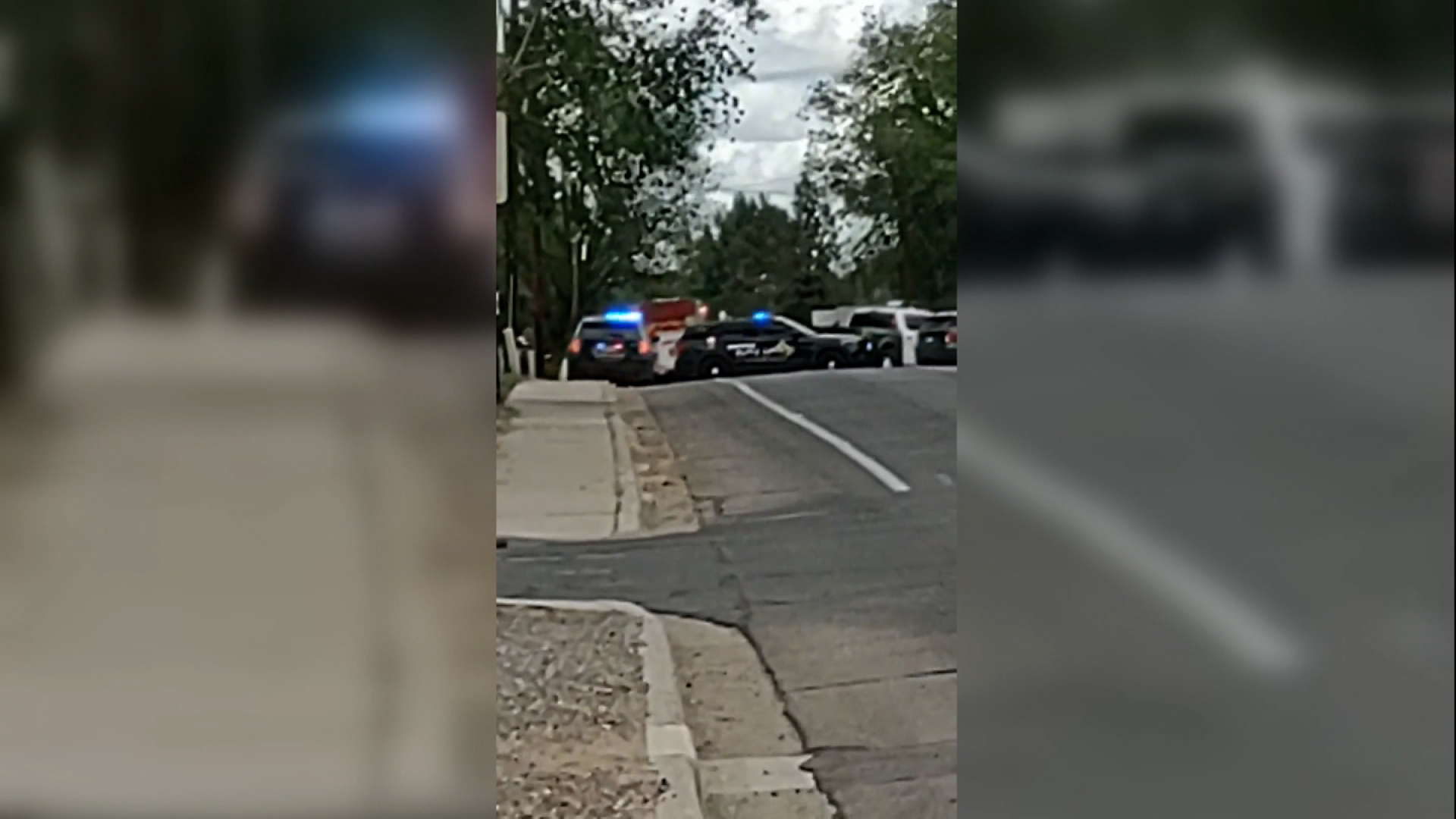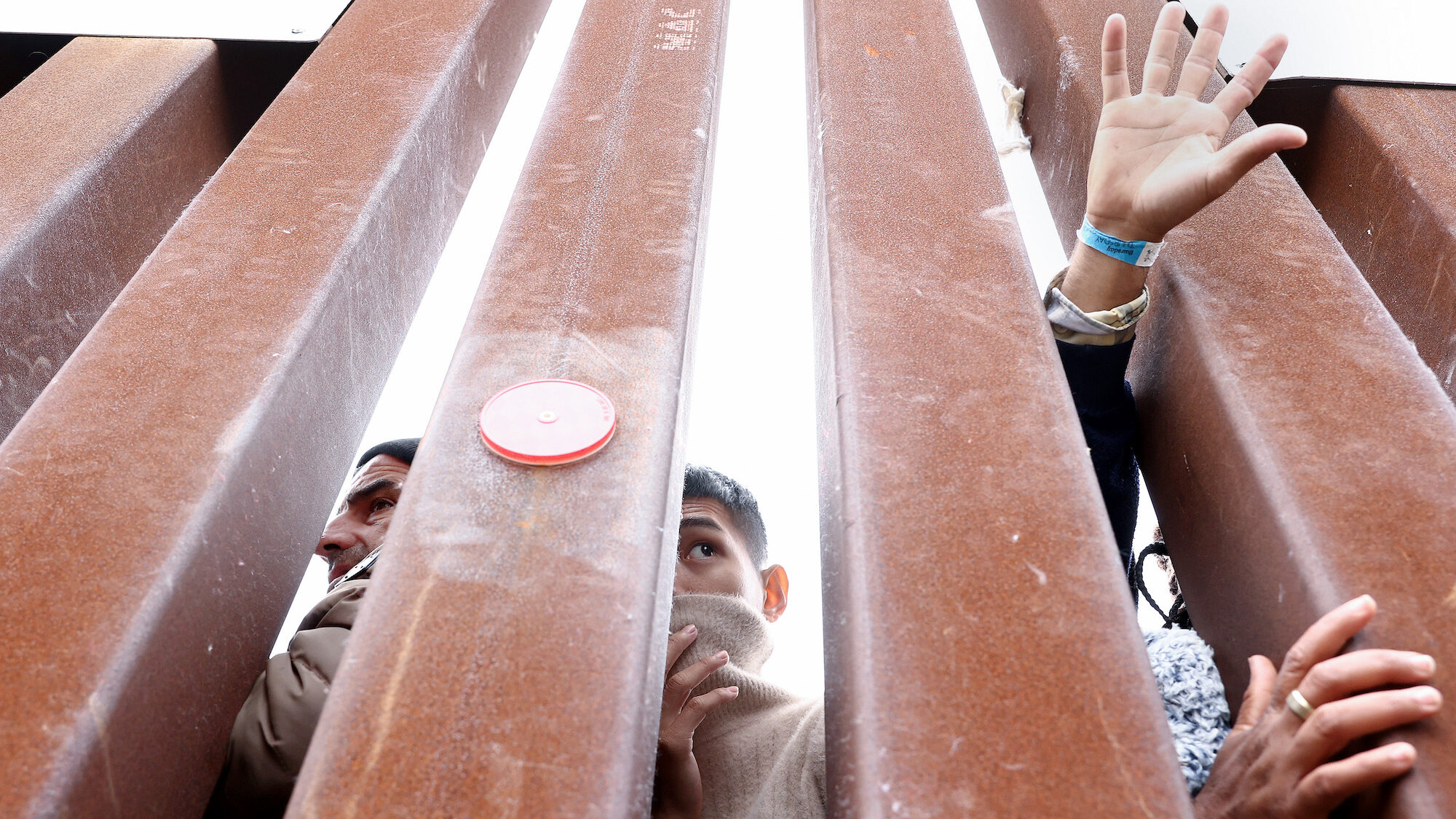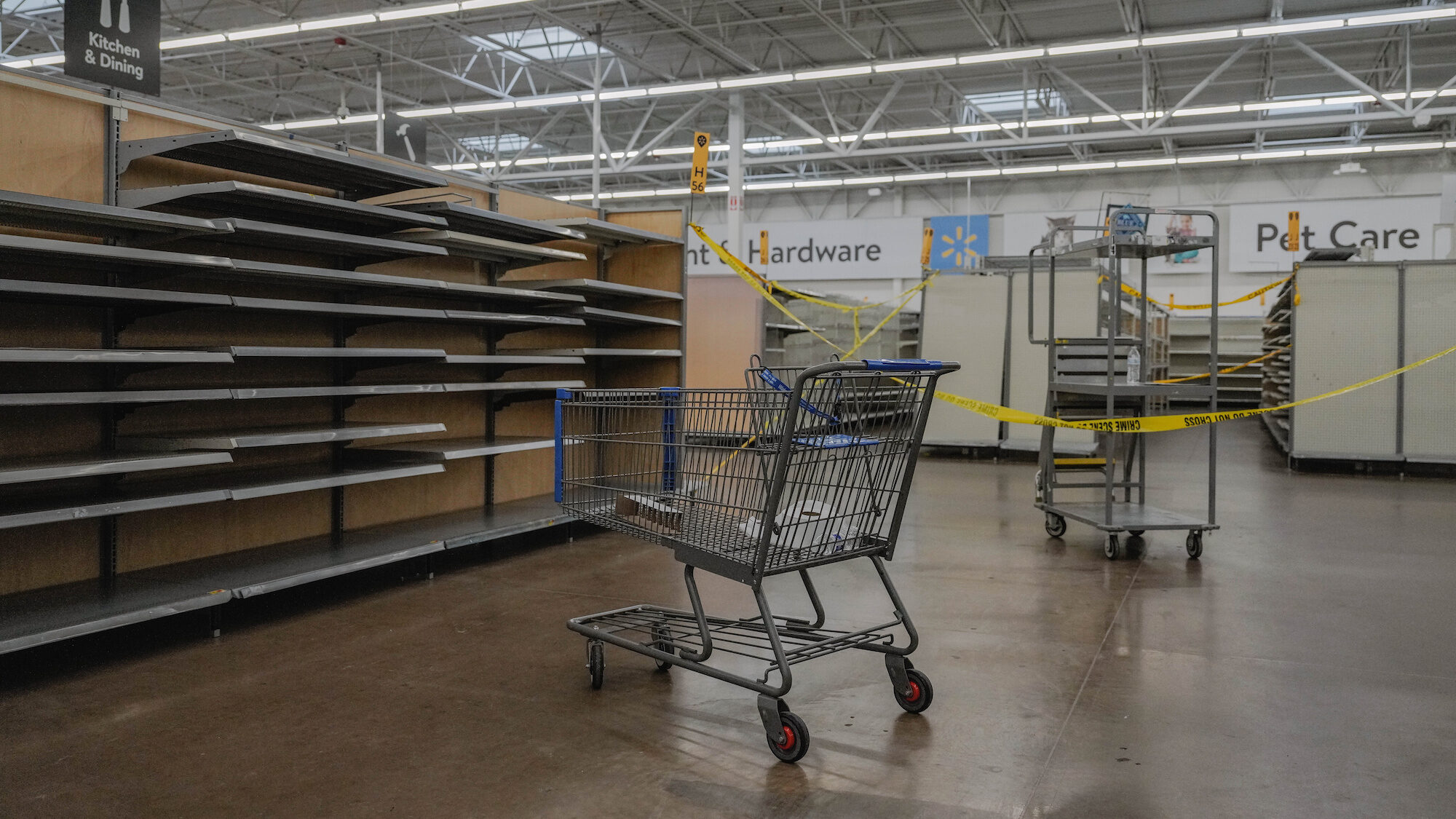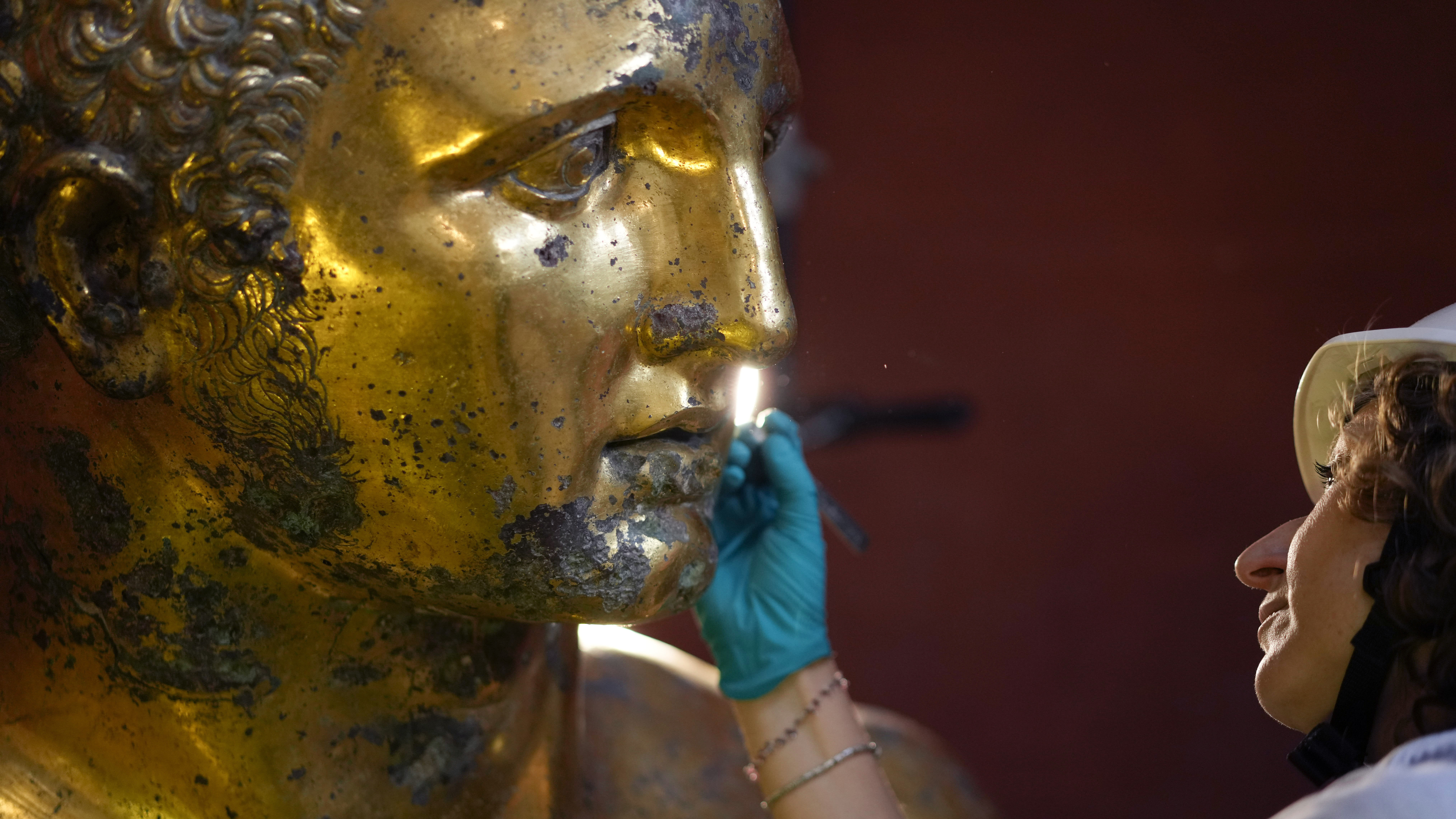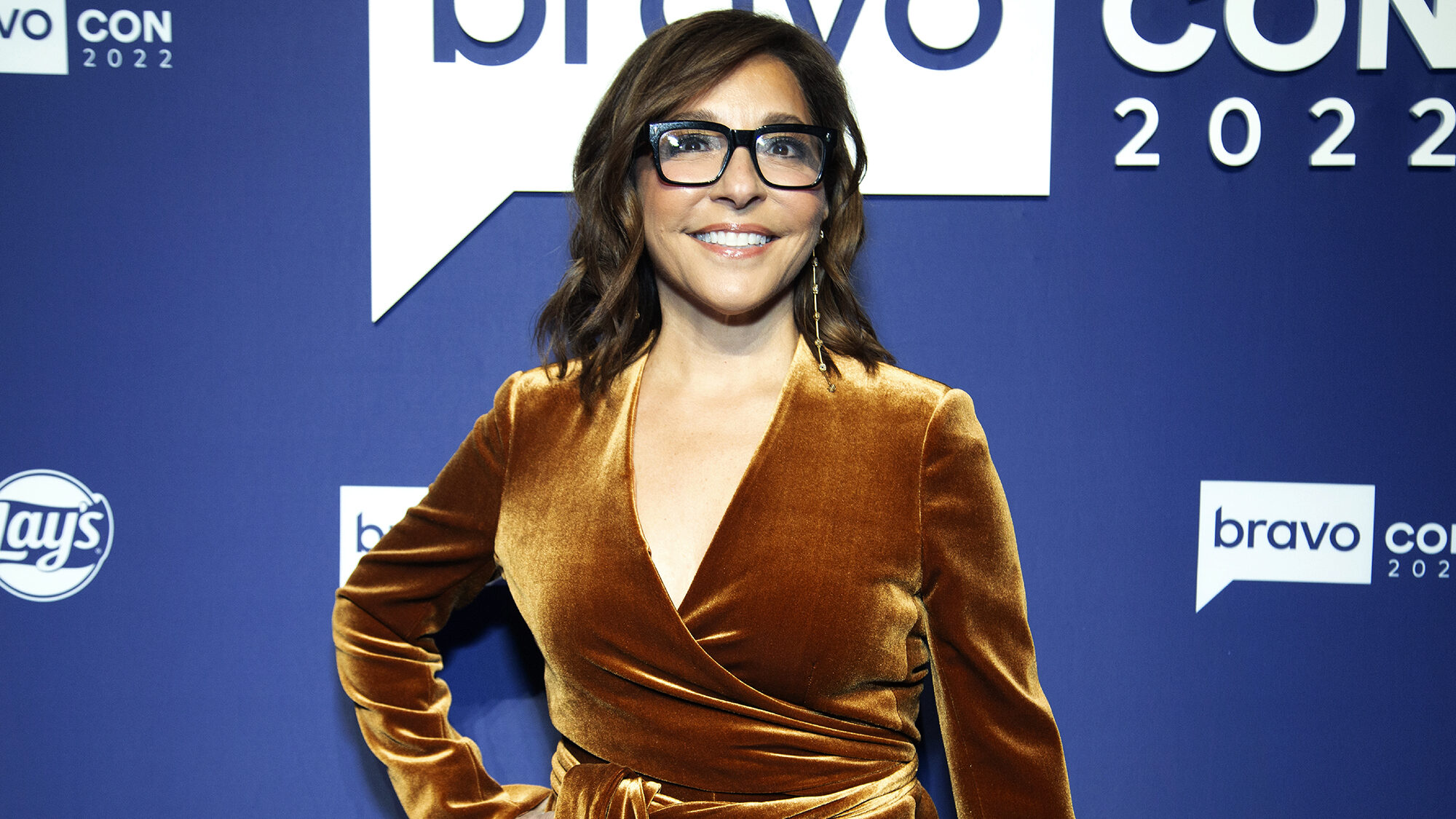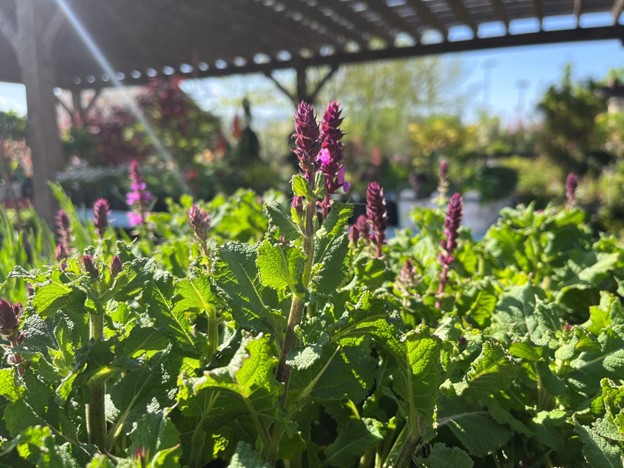CNN
The veteran Black explorer, 78, who’s still on the move
Nov 2, 2022, 7:00 AM

He's been trekking through wilderness areas around the world for over five decades, and veteran Black explorer J.R. Harris says his thirst for adventure is still as strong as ever. (J. Robert Harris)
(J. Robert Harris)
(CNN) — He’s been trekking through wilderness areas around the world for over five decades, and veteran Black explorer J.R. Harris says his thirst for adventure is still as strong as ever.
Now aged 78, Harris has visited well over 50 countries on every continent except Antarctica, exploring some of the most remote areas of the world, including Patagonia and the Australian Outback. And he says he has no intention of putting away his hiking boots any time soon.
“I’m curious about everything,” Harris tells CNN Travel. “And if you throw in a slice of adventure, it’s just a question of how long it will be before I put some stuff in a pack and go there.”
Harris, who was born in Louisiana, and grew up in Queens, New York, got his first taste of adventure when his parents sent him to a Boy Scout camp at the Catskill Mountains in southeastern New York.
Boy Scout lessons
“I went kicking and screaming,” he admits, before explaining how the experience changed his outlook on life.
During his time at the camp, Harris was taught many skills, including how to read a map, set up a tent, use a compass, build a fire and identify animal tracks.
“I basically learned how to live outdoors,” he says. “And the idea that I could just live with whatever I was carrying in my pack was such a different concept from the life I had back in New York City. It fascinated me.”
He took many train trips around the US while growing up in New York during the 1950s — his father worked as a waiter in the dining cart of a long distance train, so the family were able to get discounted fares.
His father eventually lost his job on the train when “train travel was supplanted by airline travel,” bringing the family’s frequent rail journeys around the country to an end.
He took his first plane journey, from Chicago to California, when he was around 12 or 13.
While he’d looked up to some of the “old pioneers” while he was in Boy Scout camp and harbored ideas of “roaming around the Rocky Mountains alone,” Harris’ first big journey didn’t come until he’d graduated from Queens College, a public college in New York, where he’d studied psychology, in 1966 and “needed some kind of adventure.”
After staring at a map for a while, he noted that the furthest north he could possibly drive would be to Circle, Alaska, about 120 miles north of the city of Fairbanks, and he decided that he wanted his car to be the northernmost vehicle in the western hemisphere.
So he threw some clothes in the back of his beat up Volkswagen and set off on a journey that took around two weeks.
It was during that trip, while gazing across at the mountains and “wondering what else was out there,” that Harris realized that he wanted to be an explorer.
On the move
He vowed that once he’d returned home, he would get himself some trekking equipment and spend as much time as he could exploring remote landscapes on foot.
Getting his car to the northernmost point wasn’t as simple as he’d expected — there was an abandoned vehicle blocking his path when he reached his intended destination.
However, Harris managed to track down the driver, who had it moved to the side just for him, and was able to tick that particular goal from his list.
In the many years since then, he’s hiked through the diverse landscapes of the Rocky Mountains of Canada, the Andes, South America’s longest mountain range, the European Alps, the Pyrenees mountain range straddling the border of France and Spain, and New Zealand.
Harris is particularly fascinated by people who live in remote areas, and will often pick out a particular indigenous group, such as Aboriginal Australians, or the Quechua people of the Andes Highlands, learn everything he can about their history, tradition and way of life, figure out how to reach them, and “just show up.”
“People can’t believe that somebody would come all the way from New York City alone, for no other reason than because they were curious about their culture and wanted to see it firsthand,” he says.
And it’s not just people who Harris will trek for miles and miles to encounter. When he decided that he wanted to walk on a glacier, he headed to places like Greenland, Baffin Island in the Canadian Arctic and the Glacier National Park in the US state of Montana to do just that.
Meanwhile, his interest in deserts led him to Death Valley in California, as well as Africa’s Sahara Dessert. Harris has taken at least one long trekking trip every year, sometimes two, for well over 50 years.
Even becoming a father didn’t slow him down. He continued his treks while his son and daughter were growing up.
Although both of his children enjoy traveling, they’d “rather go to the south of France and sip on a martini than go to Iceland and sleep on the ground in a tent.”
Harris was able to finance his treks thanks to his marketing research and consulting firm, JRH Marketing Services, founded in 1975, which his younger brother ran while he was off exploring the wilderness.
According to Harris, his most difficult trip was through the South West Wilderness of Tasmania, a remote and inaccessible region of South West Tasmania, Australia, which he initially embarked on because he wanted to try something challenging, but hadn’t quite anticipated just how hard it would be.
“It was a tough slog,” he says of the 1992 trek. “Mile after mile of just trying to put one foot in front of the other day in and day out.
“I’ve been on hard trips since then. But the lesson I learned in South West Tasmania stays with me to this day.”
While he’s occasionally been on treks with friends, and says he enjoyed them immensely, the majority of Harris’ trips have been solo ones.
“I never expect anybody to want to go with me,” he adds.
Solo adventurer
Although Harris stresses that he likes being alone, one of the obvious drawbacks to spending so much time in the wilderness by himself is the issue of safety.
“Nowadays we have GPS and devices where you can contact people,” he says. “But for most of my life in my career, I was going out before there was an Internet, before there were satellite phones, and I’d be gone for weeks at a time with absolutely no way of contacting anybody.”
Along with his trekking equipment, which includes pots and pans, first aid kits, and a water purifier, he now carries a device equipped with an SOS button.
“If I get in trouble, I can push the button and hopefully somebody will come and help me,” he says. “I’ve never had to use it.”
Aside from technological advances, Harris says that very little has changed for him from “the perspective of just being alone in the wilderness” since he began exploring wilderness areas.
The most noticeable difference has been the impact of climate change, particularly in some of the most isolated areas he’s traveled to.
“The wilderness itself is changing in not such a good way,” he says. “When I go out, it’s tough to see how the glaciers are receding and things are getting warmer. There are so many forest fires in different places in the world now.
“I talk to indigenous people who live off the land, and they are finding it more difficult just to get food, or whatever they need from the land. It’s just slowly but surely getting tougher to survive in the wilderness.”
In 1993, Harris became one of the select few Black explorers to be invited to join the elite Explorers Club.
Now an emeritus member, Harris is currently on the board of directors, as well as chair of the club’s Diversity, Equity and Inclusion committee.
Although he says he was always happy to do his own thing and didn’t necessarily aspire to be part of any particular club, Harris is mindful of the impact that having someone like him might have on youngsters interested in taking up exploring.
He often visits schools in neighborhoods like the one he grew up in with the hope of inspiring youngsters to “go outdoors and maybe become an explorer.”
“The teachers say, ‘We tell these kids that they should broaden their horizons,'” he says. “That they should dream big, like you did.
“But until they actually see somebody who’s done it, a lot of them don’t believe that it can be done.'”
Prolific career
Now approaching 79, Harris, who recently returned from a trek around Sweden is making plans to visit the Atlas Mountains in Morocco to track down the indigenous Berber tribespeople next summer.
He also hopes to one day “get to Mongolia” so that he can “connect with the camel herders out there in the Gobi Desert.”
“I think the more you travel, the more you realize that you haven’t been everywhere,” he says. “There are always other places that you can go. And for me, that’s good news.”
Harris exercises regularly to make sure he’s in good shape when it’s time to head off on his latest trek, making time for weight training and aerobic exercise.
When asked what has kept him going for all of this time, he says it’s the same curiosity that started off his explorer career back in 1966.
“I still am curious about what the world is like, the natural world and the people who live in it, especially in faraway places,” says Harris, who has been keeping a journal detailing his trekking experiences since he was in his 20s. “And the notion that anything might happen — that still appeals to me.”
Harris stresses that every single trip he’s been on, whether it’s walking across glaciers, or seeking out reindeer herders in Lapland, has been a learning experience, and he believes that he still has a lot left to learn.
“When I get back home, I’m a different person,” he says. “I’ve learned a little bit more. I’ve gotten a little bit more experience. I’ve gotten a little bit more appreciation and gratitude for what I have.
“I know that the next time I take a trip, even though I’ve been doing it since the Stone Age, I’m going to come back a different person.
“I’m going to learn something. I’m going to experience something, and it’s going to be great. So it’s still driving me. And I’m still going out there.”

